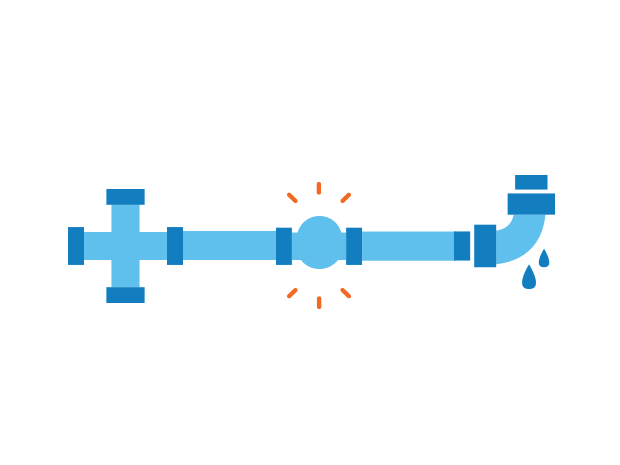Modern facilities make your home more comfortable and enjoyable living. One of those crucial facets is having a well-designed working water and sewerage system. It’s one of the home essentials that we can take for granted and neglect until something unexpected goes wrong with the system. And nothing sucks like finding a messed-up interior due to a missing or blocked overflow relief gully (ORG). If that word is foreign, less familiar, or maybe the former sentence explains your current home situation, worry no more! You’ve come to the right place where we’ll be discussing what we mean by ORG and how you’re able to resolve this issue at your home.

Before considering some of the causes of blocked drains, we need to understand the impact they can have in our homes. Our drains are designed to take wastewater out of our homes. When we have blockages, the water can’t escape and so builds up to the point where the only place it can go is back through our plumbing fixtures. Floor wastes, basins, and sinks are all areas where wastewater can re-enter a home if there is a blockage, bringing not only water damage to our homes, but potential health and safety risks associated with bacteria, fungi, and slip hazards.
What is an Overflow Relief Gully?
As the name suggests, an overflow relief gully (ORG) is one of the fundamental parts of your home’s sewerage system. It’s designed to protect the insides of a house from flooding with sewer wastes in the event of a blockage or the presence of excess water in the drain line. When a home’s sewerage network gets overwhelmed or the pipes responsible for disposal get blocked, the ORG releases the sewerage out of the external drain. If your home’s ORG was to be in a blocked state during such an event, it means the sewerage would be forced back inside the house from the lowest outlet. For example, the laundry area or bathroom outlet points can easily fall victims. Therefore, it’s such an indispensable plumbing design that every home deserves.
Where to find an Overflow Relief Gully Drain
Do all Homes have an Overflow Gully?
What Can Cause Blockages and an Overflowing Gully
- Tree roots may grow in the pipes, obstructing sewerage mains from adequately draining.
- Accumulation of kitchen fats and miscellaneous objects flushed from your toilet. For instance, your toilet is designed to take in human waste and toilet paper. Objects such as children’s toys and other foreign items may cause a blockage.
- Small rocks or leaves falling from grate’s openings may eventually cause blockages in the line.
- Placing objects on top of the ORG, such as pot plants, may hinder it from spilling when overflow occurs. The ORG surrounding area should also have a clear path to ensure pop-ups don’t build around it.
- Poorly designed gullies may be unable to prevent spillage (e.g. fitting them higher than some interior outlets). If you had a recent kitchen or bathroom renovation, be sure the old ORG will still protect you.
How Do I Know the Sewer Line is Blocked
-
Slugging sink drains
If you have been noticing unusual slow discharge from the sinks, then there is a problem with the sewer line.
-
The toilet flush not draining
Instead of the waste containing water going away, it accumulates in the toilet bowl — this is a clear indication of an impediment in the line. If you’re experiencing sewer odour in your home, then there is blockage along the line.
-
Overflowing Gully
This is the clearest sign that the line can’t take any discharge away. Get in touch with a professional plumber to ensure that the underlying issue causing the overflow is fixed.
-
Gurgling Sounds
If you’ve got persistent gurgling sounds after flushing the toilet or when water is draining off the sink, then it’s a signal of something preventing it from flowing properly. The gurgling sound emanates from the air congested at the block point.
-
Shower flow not draining
When having a shower, you expect the shower base to channel water away continuously. If this isn’t the case or the water is taking longer than expected to drain, there is a possibility of blockage.
Tips to Prevent Blockages
- Avoid pouring oils, fats, and food remains in your kitchen sink. Oils and fats will solidify later, and together with food remains, they progressively accumulate along the line. Use plug strainers to prevent any food from draining down the trough.
- Only accept items such as waste and toilet paper down the toilet system.
- Have well-fitted grates in your bathroom to prevent soaps, long hairs, or any foreign material from slipping down the outlet.
- Always clear the area around the ORG to avoid debris and leaves accumulating or grass and roots growing inside it.
- Never direct stormwater into the ORG, which is a common cause of overflow.

